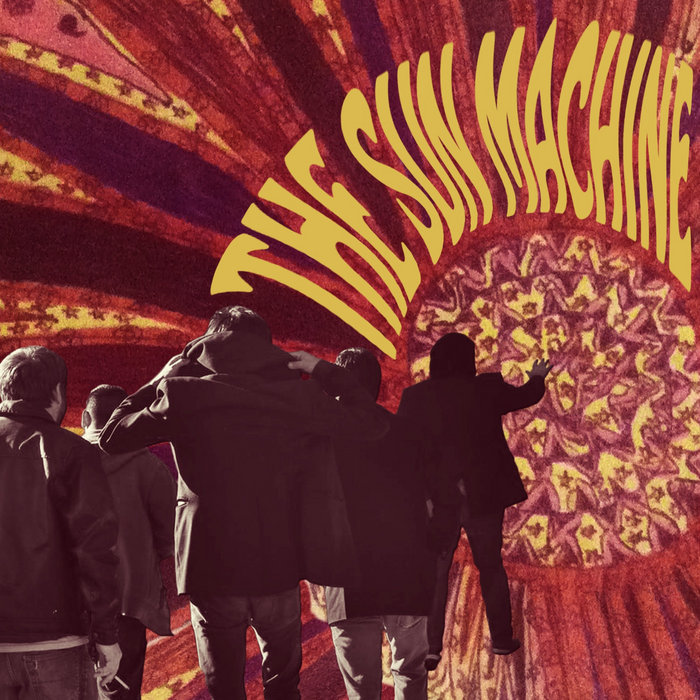
Enter The Sun Machine EP – The Sun Machine
this blog is GROOVY – check out great Soul, Funk, Jazz, Hip Hop, Bass, Breaks , Reggae, House n many more TUNES
Welcome to the dreamy world of sleep music! This genre is like a cozy blanket for your ears, gently wrapping you in sounds that float and sway. Let’s take a laid-back stroll through its history, highlight some funky facts about musicians in this realm, and explore how it all came together in one soothing vibe.
The roots of sleep music go way back to ancient times when folks utilized sound to unwind after long days. Think about it: drumming rituals, chanting monks, and those enchanting crickets chirping away at dusk set the stage for relaxation even before playlists existed!
As civilizations progressed, cultures from every corner started crafting melodies meant specifically to send listeners into the land of dreams. Whether it’s Native American flute music or soothing harp tunes from Celtic traditions, these sleepy serenades have been around longer than you might think.
Fast forward a few centuries to the grand halls of classical composers. Here comes Mozart with his “Lullaby” (or “Wiegenlied”), which went on to become a timeless classic for putting little ones—and adults—into dreamland.
More often than not, composers incorporated soft dynamics and gentle tempos into their pieces because they understood how melody could soothe tired souls.
When we roll into the 20th century, things get groovy! The rise of jazz brought forth mellow tunes perfect for unwinding late at night. Think smooth saxophones playing sweet whispers under dim lights—classic bedtime moods but served with a jazzy twist.
The ’60s introduced rock ‘n’ roll’s softer side too—with psychedelic bands experimenting with tranquil soundscapes perfect for keeping spirits high yet relaxed. Music festivals became havens where people danced blissfully until they nodded off among friends beneath star-lit skies.
In the late ’70s and early ’80s emerged a revolutionary movement known as ambient music—a soundscape paradise birthed by artists like Brian Eno who believed “music should be as ignorable as it is interesting.” Eno’s album Music For Airports was designed specifically for creating calm atmospheres!
This genre exploded with electronic elements throughout the ’90s and beyond as technology grew. Suddenly there were ocean waves mixed with synth pads creating perfectly chilled environments tailored directly toward inducing slumber (#chillax).
Today’s world sees sleep music booming on platforms like Spotify where chill-out playlists reign supreme! Everyone wants that perfect mix featuring gentle piano pieces alongside nature sounds (looking at you raindrops 🌧️). Artists are continuously remixing classic lullabies or inventing new tracks designed solely for catching zzz’s—it’s basically sleep tech gone wild!
A new wave called ASMR (Autonomous Sensory Meridian Response) mixes audio triggers meant purely for relaxation; talk whispery voices combined with rustling leaves—that’s bound to make anyone drowsy faster than counting sheep!
So whether you’re drifting off after another long day or engaging in some personal meditative practices—there’s no denying sleep music holds power over our ability recharge & rejuvenate us daily! So grab your headphones ☁️🛏️ settle into something comfy & let those sleepy symphonies sweep over you bringing sweet dreams along every note.
Now close your eyes…🔈💫

Enter The Sun Machine EP – The Sun Machine